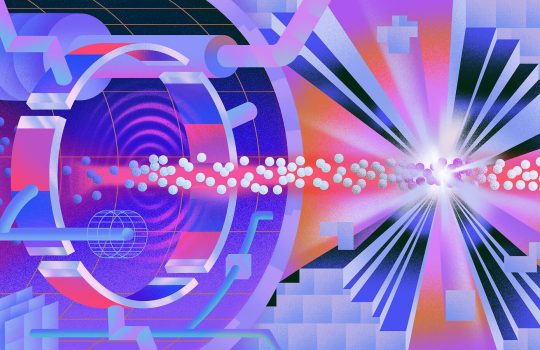Astronomers explore ‘cosmic balance’ to weigh clusters of galaxies
- astronomy
- astrophysics
- Brazil
- cosmology
- dark energy
- Dark Energy Survey
- dark matter
- DECam
- galaxy
- gravitational lensing
- gravity
- international collaboration
- light
- measurements
- star
From Super Interessante, Jan. 31, 2021: A team of researchers from Fermilab and the National Observatory in Brazil used the light of solitary stars to calculate the mass of some of the largest structures in the cosmos — galaxy clusters. In addition to taking the most detailed measurement ever published of intracluster light, the team’s new method of measurement can help further investigate dark matter.

